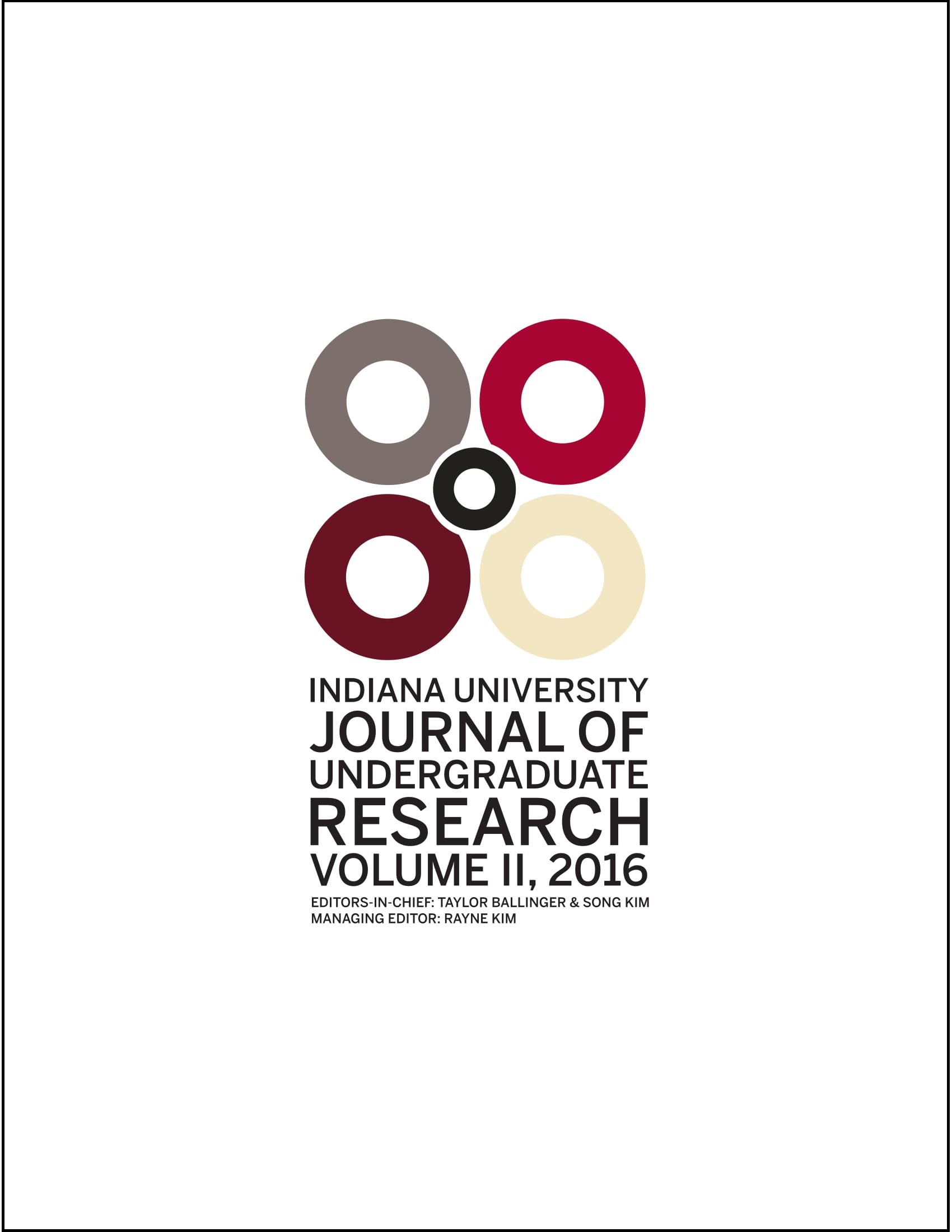Bared Teeth, Plucked Feathers, Broken Eggs: Reading Human-Animal Relationships through Audubon
Main Article Content
Abstract
In this paper, I study John James Audubon’s famed drawings of wildlife to uncover his perspective on the evolving relationships between humans and animals during the era of American westward expansion. Using three engravings from Birds of America, along with his accompanying essays, I look beyond the animals in the foreground to examine the human settlements often lurking in the background. I discover that Audubon portrays three distinct types of human-animal relationships, which I then compare to the human presence shown in two of his later works, the engravings of Viviparous Quadrupeds of North America and their subsequent essays. This second set of drawings undercuts any attempt to derive an optimistic interpretation of the Birds plates, for they reveal an unsustainable relationship between humans and the animals whose habitats they invade. I conclude that while Birds and Quadrupeds glorify their animal subjects, rightly qualifying as artistic and scientific triumphs, their depiction of human activity carries a much darker weight, suggesting that human presence in nature necessarily causes damage. Ultimately, this idea recasts Audubon as a thinker who transcends his historical location and offers a relevant perspective on the environment occupied by the modern reader.
Downloads
Article Details
Authors who publish with this journal agree to the following terms:
- Ownership of the copyright shall remain with the Author, subject to IUJUR’s use and the rights granted by the Creative Commons license assigned by the Author. A Creative Commons Attribution-NonCommercial 4.0 International (CC BY-NC 4.0) license will be applied to the published work unless otherwise indicated in the Student Author Contract. The CC BY-NC 4.0 license (https://creativecommons.org/licenses/by-nc/4.0/) lets others remix, tweak, and build upon the published Work non-commercially, and although the new works must also acknowledge the original IUJUR publication and be noncommercial, they don’t have to license their derivative works on the same terms.Authors are able to enter into separate, additional contractual arrangements for the non-exclusive distribution of the journal's published version of the work (e.g., post it to an institutional repository or publish it in a book), with an acknowledgement of its initial publication in this journal.
- Authors are permitted and encouraged to post their work online (e.g., in institutional repositories or on their website) prior to and during the submission process, as it can lead to productive exchanges, as well as earlier and greater citation of published work (See The Effect of Open Access).
References
Audubon, J. J. (1838). “Glossy Ibis.” Ornithological biography, or an account of the habits of the birds of the United States of America: Accompanied by descriptions of the objects represented in the work entitled The Birds of America, and interspersed with delineations of American scenery and manners (pp. 608-611). Edinburgh, UK: Adam and Charles Black.
Audubon, J.J. (1835a). “Long-billed Curlew.” Ornithological biography, or an account of the habits of the birds of the United States of America: Accompanied by descriptions of the objects represented in the work entitled The Birds of America, and interspersed with delineations of American scenery and manners (pp. 240-245). Edinburgh, UK: Adam and Charles Black.
Audubon, J. J. (1835b). “Snowy Heron.” Ornithological biography, or an account of the habits of the birds of the United States of America: Accompanied by descriptions of the objects represented in the work entitled The Birds of America, and interspersed with delineations of American scenery and manners (pp. 317-321). Edinburgh, UK: Adam and Charles Black.
Audubon, J.J., & Bachman, J. (1849). “American Red Fox.” In The Quadrupeds of North America (Eds.). New York, NY: V.G. Audubon.
Audubon, J.J., & Bowen, J.T. (1846). Selected engravings from Viviparous quadrupeds of North America. Photographed by Zach Downey. Courtesy of the Lilly Library, Bloomington.Audubon, J.J., & Havell Jr., R. (1838). Selected engravings from Birds of America. Photographed by Zach Downey. Courtesy of the Lilly Library, Bloomington.
Audubon Society (2014). “Snowy Egret”. Retrieved from: National Audubon Society Birds.
Boehme, S.E. (2000). “Omega: John James Audubon’s final artistic journey.” In John James Audubon in the West: The Last Expedition (pp. 35-70). New York, NY: Harry N. Abrams.Heitman, D. (2011). “Audubon the Writer.” Retrieved from: NEH.gov. National Endowment for the Humanities. Merchant, C. (2002). The Columbia guide to American environmental history. New York, NY: Columbia University Press. Wilson, E. (1962). Patriotic gore: Studies in the literature of the American Civil War. New York, NY: Norton.

